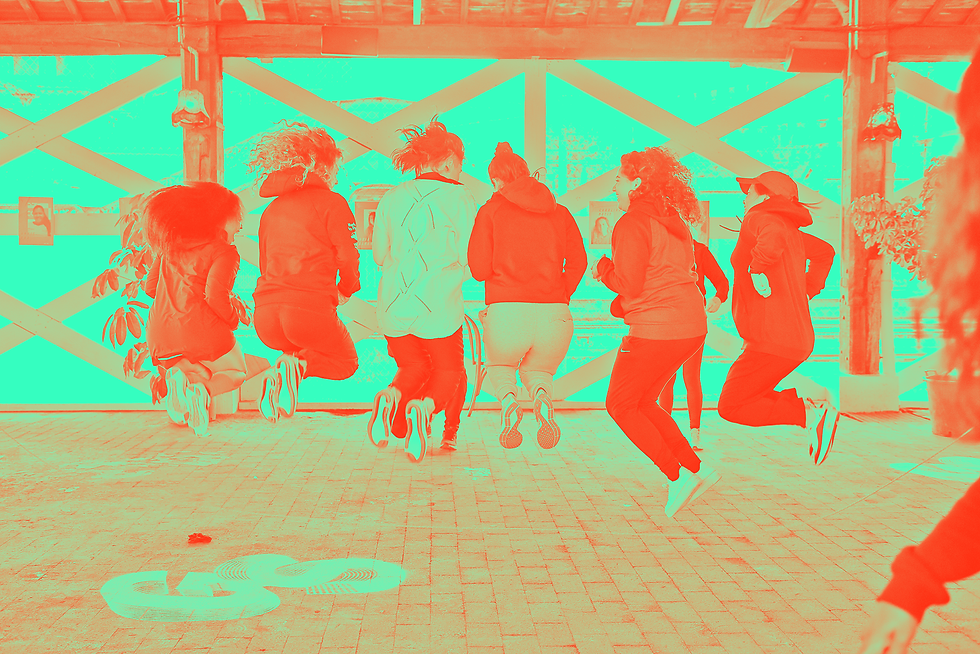
DECISION 2 –
Participatory grant-making
Participatory grant making is a process that puts decision-making in the hands of girls and women themselves, and aims to shift traditional power relations. Participatory grant making acknowledges that the girls and women participating in programmes have a better understanding and experience of the context and are therefore better placed to make decisions around how funding should be spent.


How does this look in your seed grant programme?
Depending on the design of your programme, there are different ways that participatory grant making can look. Some examples from our experience with the ROLL Models programme include:

Semi-participatory Approach
For Year 1 of the ROLL Models programme, there was no time to set up a fully participatory process. WW and Skateistan reviewed applications and selected the ROLL Models but after this, we included a semi-participatory process by asking the ROLL Models to present their projects to each other and then vote on the ones they liked the best. This was then taken into account when providing seed grants.

Advisory Board
For Year 2 of the ROLL Models programme, we set up the ROLL Models Advisory Board, comprising 5 of the ROLL Models from the previous year. This Board was responsible for reviewing and selecting the next cohort of ROLL Models, using a scoring process and set criteria.
Pros and Cons
In Part II - Programme Design we discussed some pros and cons of incorporating a participatory grant making mechanism. These include:
Pros
-
Participatory grant making promotes a decentralised approach and works to shift power directly into the hands of girls and women;
-
Participatory grant making drives a more collective decision-making process
-
Participatory grant making improves the use of funding with the girls and women involved in the process better understanding the needs on the ground
Cons
-
Participatory grant making can often be more time consuming
-
Participatory grant making requires more coordination and management from the organisation implementing the seed grant programm
WW would highlight to organisations that this approach to grant making has to be carried out intentionally. As shared, participatory grant making is not only time consuming, but also requires organisations to let go of their decision-making power in terms of distributing funding. Additionally, it challenges them to reflect on their organisational approach to grant making, programme design and implementation.
While it is possible to embed participatory processes throughout the design of your organisation’s seed grant programme, the use of participatory grant making is undoubtedly one of the most impactful ways to shift power directly to girls and women.

